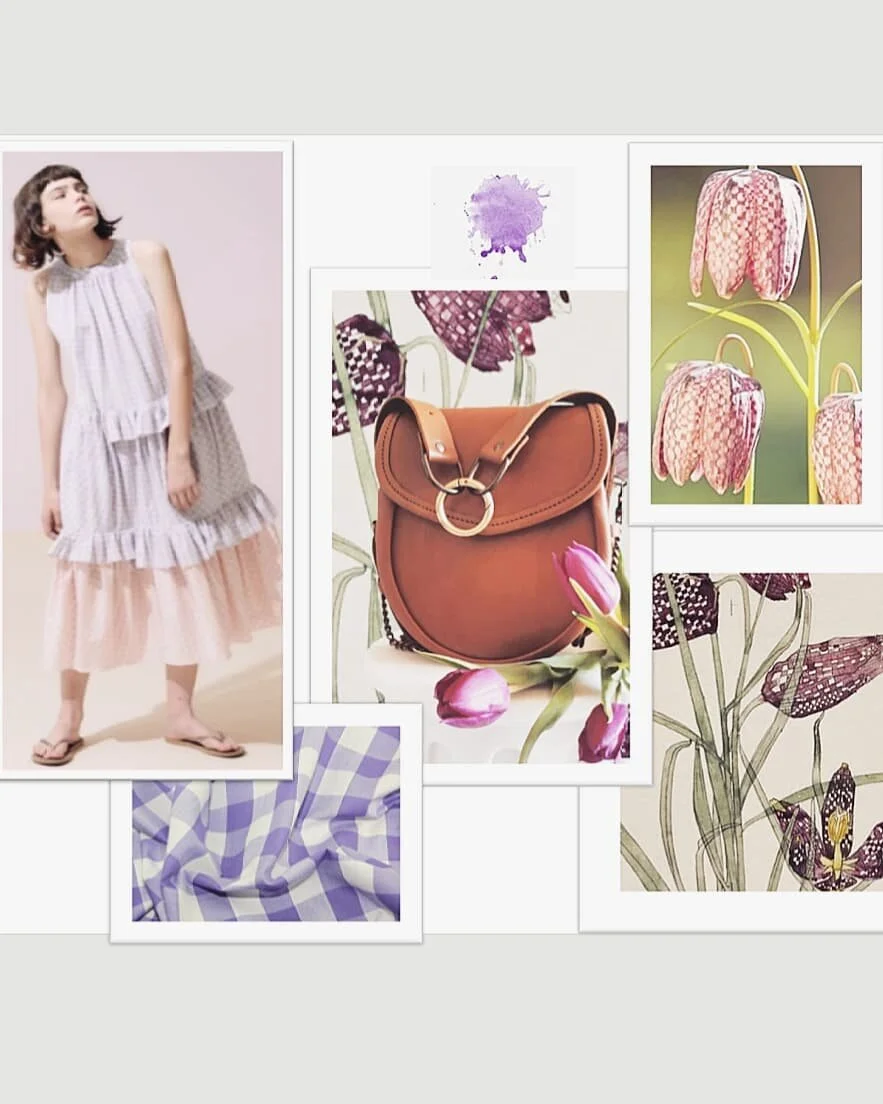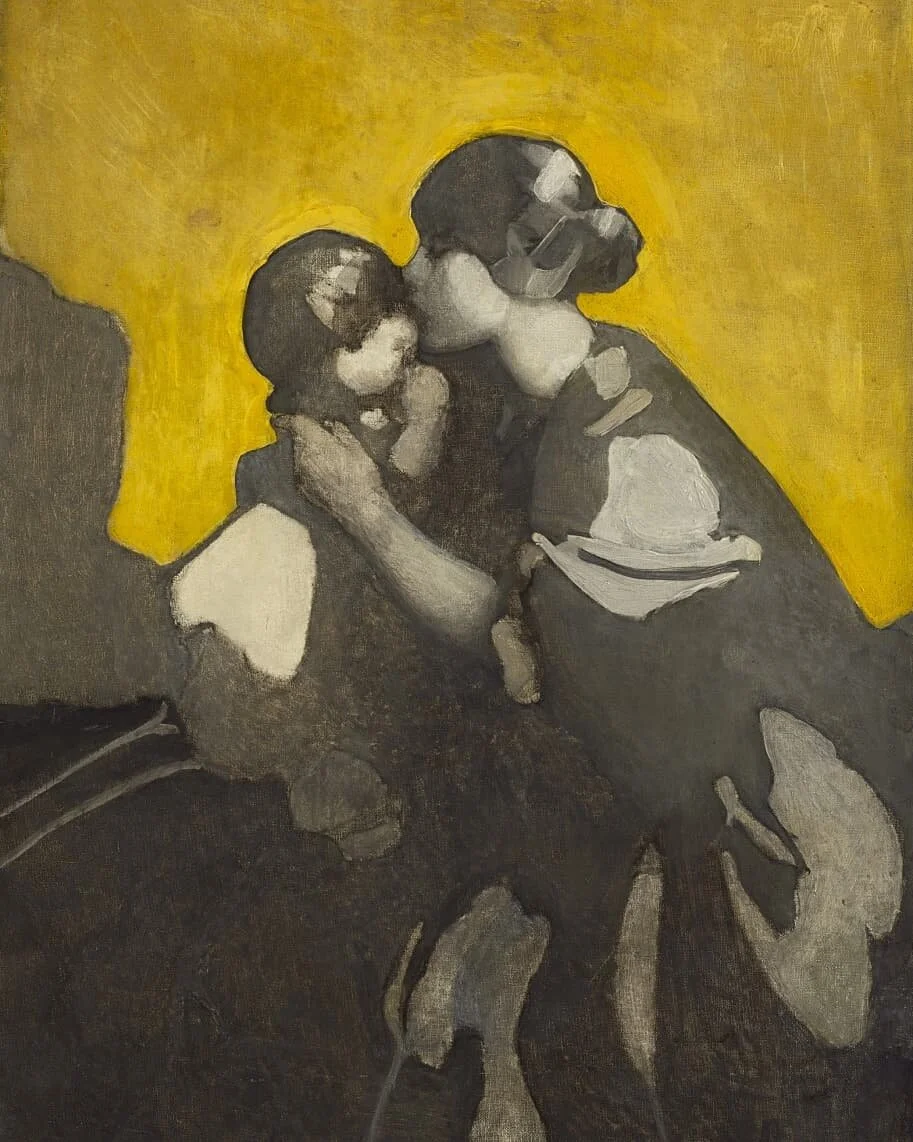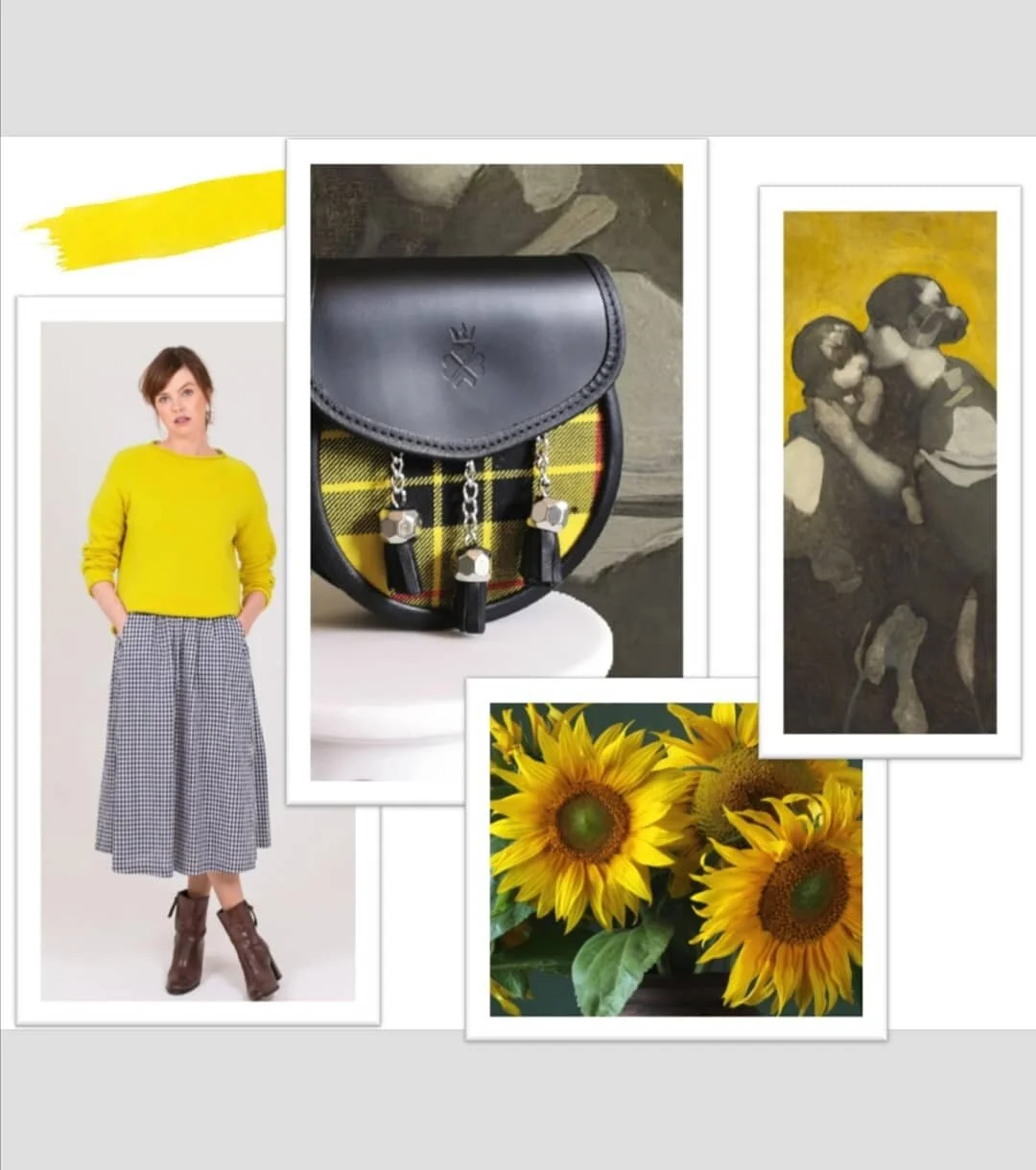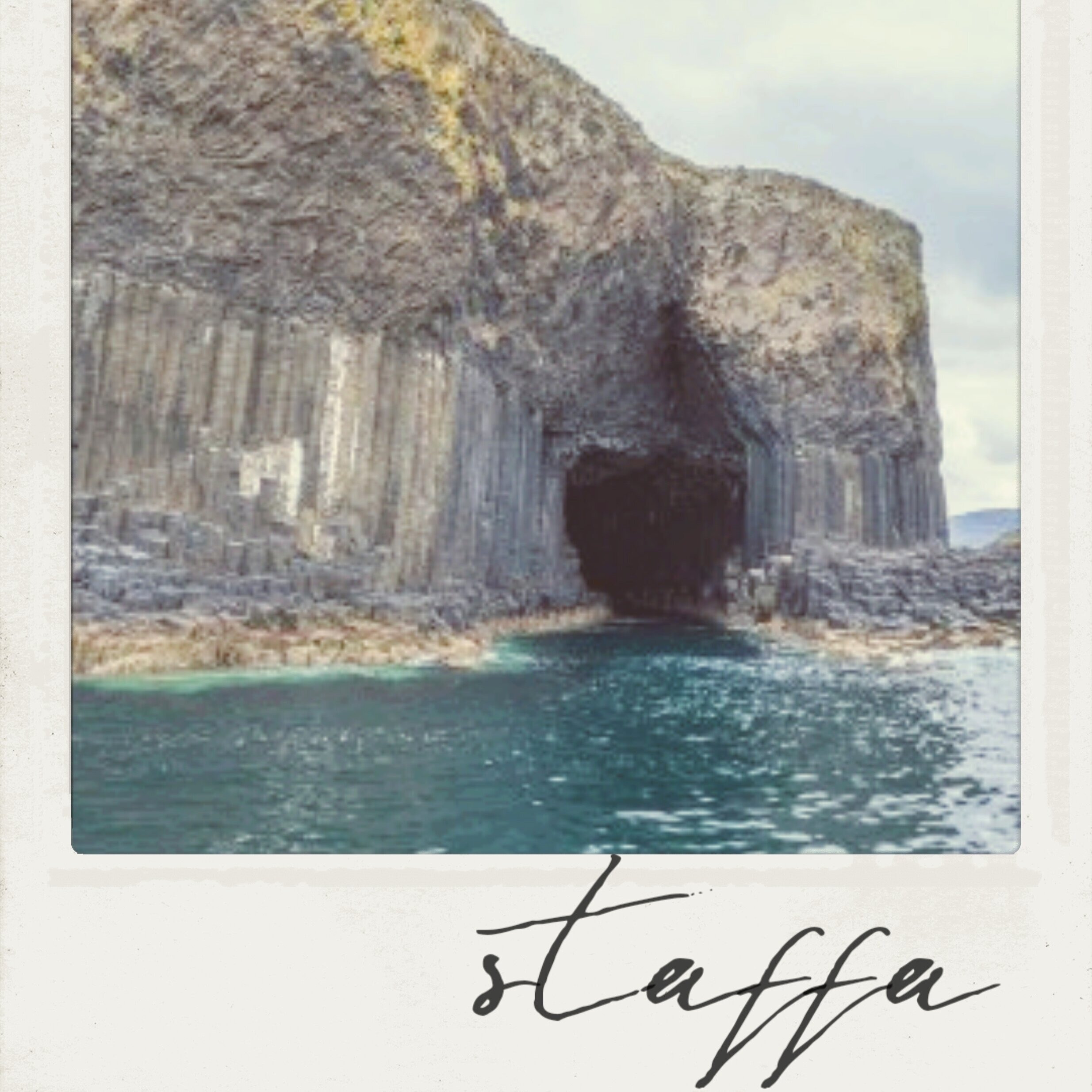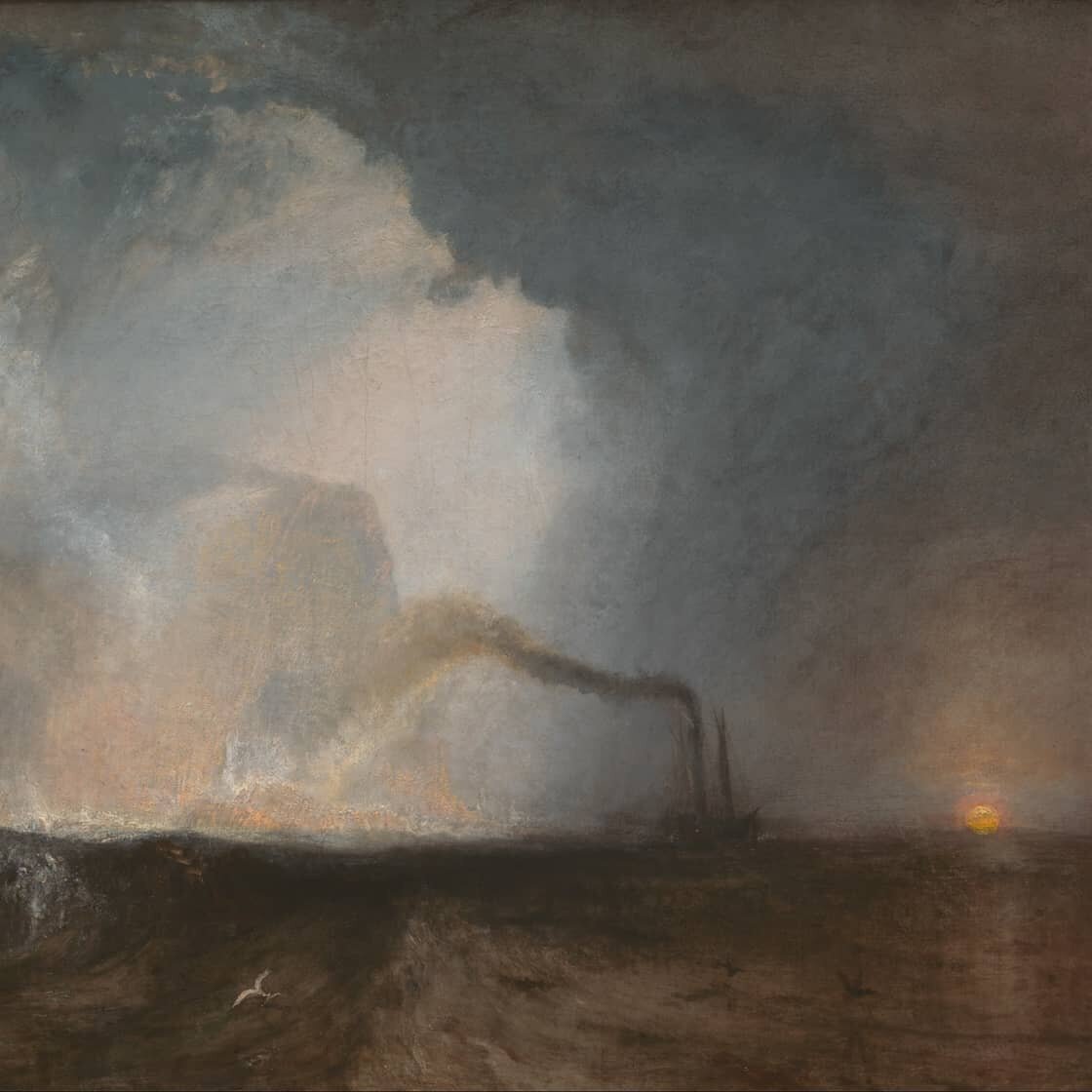As the weeks of Lockdown 3 drag on here in the U.K., some of us may be feeling more removed than ever from culture. As the doors to our wonderful Museums remain shut for the time being, we can but dream of those rainy afternoons spent walking their galleries. With that in mind, I'm bring a tiny slice of the Museum to you by continuing the LoveNotes Art Series I started in Lockdown 1; taking a virtual look at some of Britain's incredible art. Oh, & then pairing the art with one of our bags, for a bit of fun!
Peter Doig (born 1959)
Concrete Cabin, ca. 1995 -1996, Private Collection. View other artworks from the Concrete Cabin Series on the Tate's website.
Arguably Scotland's greatest living artist, Peter Doig created a series of nine works called 'Concrete Cabin' between 1991-98. This particular piece in the series was painted between 1995-96.
Moving through a sun dappled forest towards a man-made structure, Doig's painting of Le Corbusier's classic modernist apartment block offers an almost touchable utopia. The clean, geometric architecture appears like a mirage through the sinewy undergrowth. Conceived as an ideal living space opened in 1961, the apartment block fell into disrepair and was derelict by 1973. Through Doig's eyes, the fragments of the apartment block could be anywhere and yet nowhere; it looks strangely familiar and unrecognisable in equal measure. In this light, the block still radiates a habitable warmth, although the forest is beginning to encroach the block still owns its space; nature hasn't yet taken ahold. In other paintings from the series, the tangled, dark forest is engulfing the structure. These paintings have a Bladerunner quality about them; what was once built by humans as a utopian beacon for modern living has fallen into dystopia, a concept that has fascinated writers and artists for centuries. Perhaps Doig's 'Concrete Cabin' series serve as a stark warning to pay attention to the society in which we live and to be aware of how things can go from bad to worse.
ART PAIRING | For Peter Doig's 'Concrete Cabin', a landscape where the man-made & the natural converge, I have chosen our PORTOBELLO Monochrome bag. Here, the natural undyed hair-on-hide panel contrasts with the sleek, hand-worked leather. Monochrome is a big trend for 2021 & this Other Stories Cardigan seems the perfect easy-wearing item to pair with our Portobello bag.
In a similar way to Doig's juxtaposition of utopian & dystopian visions in this series, Alexander McQueen are the rulers of contrast in the fashion stakes; often bringing together the soft & romantic with hard punk / S&M details. This pure cotton tunic dress & leather harness belt are the fashion equivalent to Doig's 'Concrete Cabin'.
SS21 Mood Board









